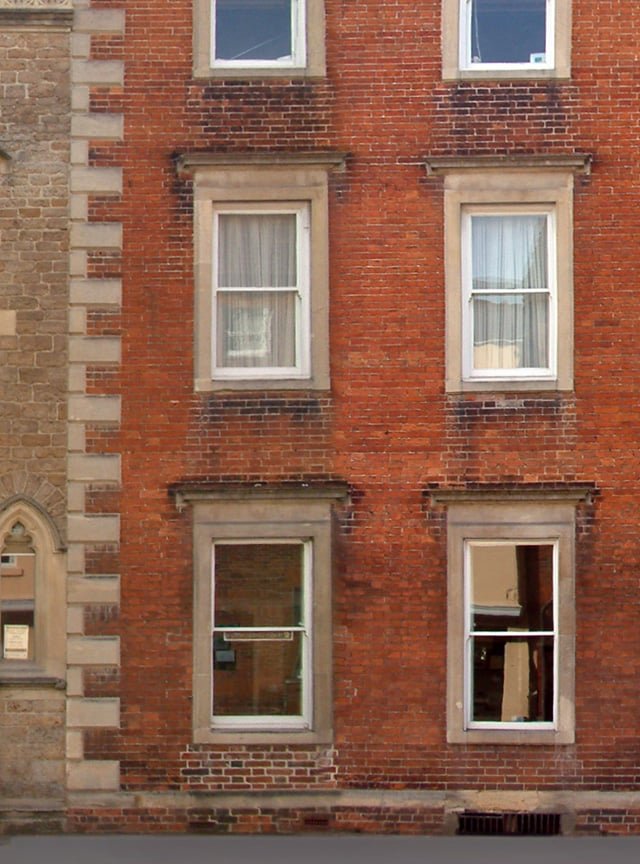
Created in the 15th century for communal drinking at feasts, this secular masterpiece of medieval silverwork was put to use as a church chalice after being donated to Saint Cyriac's in Lacock, the village in Wiltshire that gives the cup its name.
Despite its secular origins, the design of the cup – foregoing religious images in favour of clean lines and Gothic patterning – gave it new life as a religious vessel following the Reformation. The newly formed Protestant church's hostility towards religious iconography made the cup a perfect chalice for use at Eucharist.
While 'chalice-shaped' secular cups were popular in the late Middle Ages, most were destroyed as a result of changing fashions or to claim their value as bullion, making the Lacock cup a rare survivor. The quality of its craftsmanship is stunning and, despite centuries of use, it remains in near-perfect condition with no apparent alterations to its original exterior.
The cup had been on long-term loan to the British Museum since 1962, forming the centrepiece of the museum's medieval displays, and until the 1980s it continued to be used for certain religious festivals at the church. This joint acquisition will give the British Museum greater flexibility to display the cup, as well as ensuring that it will be exhibited regularly at the Wiltshire Museum in Devizes, less than ten miles from Lacock.
The Lacock Cup at the British Museum
More information
Title of artwork, date
The Lacock Cup, 1430-1450
Date supported
2013
Medium and material
Silver-gilt
Dimensions
Height 35 cm, 906kg, diameter 13.8 cm
Grant
150000
Total cost
1300000

Get a National Art Pass and explore Wiltshire Museum
You'll see more art and your membership will help museums across the UK
National Art Pass offers available at Wiltshire Museum
Art Funded by you FAQs
Contact us
If you have a question about a work of art featured here, please contact the Programmes team. We’ll be happy to answer your enquiry.